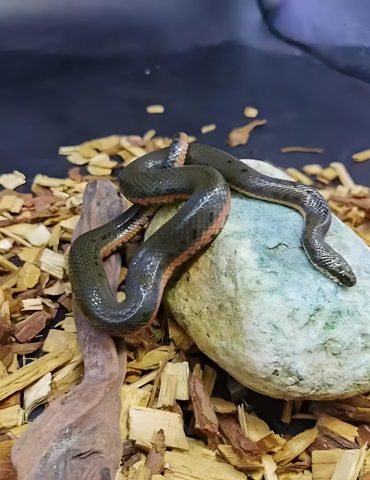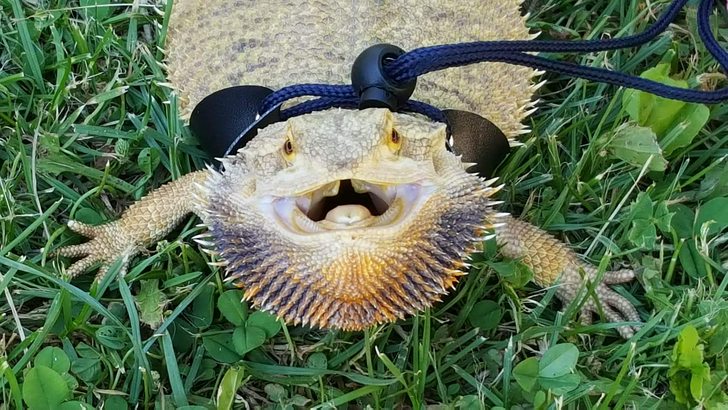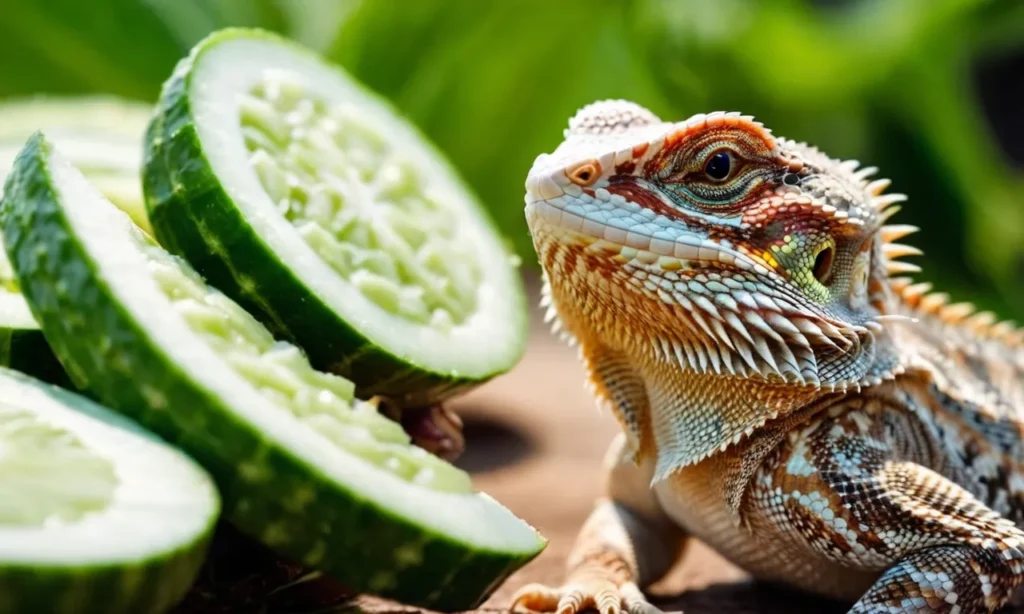Water snakes are a general term for species belonging to the genus *Natrix* and similar snakes in the family Colubridae. Common varieties include the Chinese water snake (*Enhydris chinensis*) and the lead-colored water snake (*Enhydris plumbea*).
The Chinese water snake, also known as the gold-edged water snake, has a stout and short body, typically measuring 25–70 cm in length, with a short tail. Its dorsal side is olive or grayish-blue with numerous small black spots. A black longitudinal line runs along the midline from the back of the head to the neck. The outermost row of dorsal scales is black, while the second and third rows are white or orange-yellow. The ventral side is yellow with dark gray spots along the edges and a yellowish-green longitudinal stripe on the central underside of the tail. These snakes inhabit rice fields, ponds, and ditches, preying on fish and possessing mild venom. The lead-colored water snake is slightly larger in females than males, averaging around 45 cm in length. Its dorsal side is gray-olive, with yellowish-white lips and ventral scales. The outer 1–2 rows of dorsal scales are yellow. It has a moderately sized head, a broad and short snout, valvular nostrils, one internasal scale, eight supralabial scales, 19 mid-body dorsal scale rows, paired subcaudal scales, and grooved rear maxillary teeth. Highly aquatic, it prefers moist environments but may occasionally venture ashore. Nocturnal by nature, its diet consists mainly of small frogs and tadpoles, supplemented by small fish. Additionally, semi-aquatic species like the red-spotted keelback (*Xenochrophis erythrostictus*), white-striped keelback (*Xenochrophis vittatus*), twin-spotted keelback (*Xenochrophis bipunctatus*), and the water snake (*Sinonatrix annularis*) are often colloquially grouped under the “water snake” family. Some water snake species may be kept as pets in certain regions. Proper housing requires a spacious aquarium or enclosure with aquatic plants, rocks, and clean water maintained at an appropriate level. Regular water changes are essential for water quality. The ideal temperature ranges between 25–30°C, with humidity adjusted according to the species. Caution is advised as water snakes may carry pathogens or parasites. Always wash hands thoroughly after handling them or their habitat to prevent disease transmission. To preserve ecological balance and biodiversity, capturing or disturbing wild water snakes is discouraged. Those interested in learning about these creatures can visit natural history museums, read relevant literature, or watch nature documentaries. In the wild, maintain a safe distance and avoid provoking or capturing them to prevent bites. Although most water snakes have mild venom, bites may cause pain, swelling, or other discomfort. Seek immediate medical attention if bitten.


